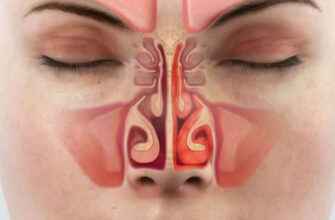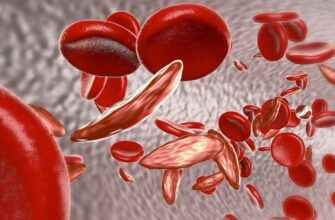Piriformis syndrome is a painful condition that affects the piriformis muscle, a small muscle located deep in the buttocks. This condition can cause pain, numbness, and tingling in the buttocks and down the leg, and can make it difficult to sit, walk, or perform other activities. Here’s what you need to know about piriformis syndrome.
What Causes Piriformis Syndrome?
Piriformis syndrome can be caused by a variety of factors, including overuse of the piriformis muscle, injury or trauma to the area, or anatomic variations in the muscle or surrounding structures. In some cases, piriformis syndrome may be caused by a herniated disc or other spinal condition.
What Are the Symptoms of Piriformis Syndrome?
The most common symptoms of piriformis syndrome include pain in the buttocks that may radiate down the leg, numbness or tingling in the buttocks or leg, and difficulty sitting or walking. Symptoms may worsen with prolonged sitting, running, or climbing stairs.
How Is Piriformis Syndrome Diagnosed?
To diagnose piriformis syndrome, your healthcare provider will perform a physical exam and may order imaging tests such as an MRI or X-ray. They may also perform a piriformis muscle stretch test to help determine if the muscle is causing your symptoms.
What Are the Treatments for Piriformis Syndrome?
Treatments for piriformis syndrome may include rest, ice, and anti-inflammatory medications to reduce pain and swelling. Physical therapy and stretching exercises can help improve flexibility and reduce symptoms. In severe cases, injections or surgery may be necessary.
How Can I Prevent Piriformis Syndrome?
To prevent piriformis syndrome, it’s important to maintain good posture, avoid prolonged sitting or standing, and perform regular stretching exercises to keep the piriformis muscle flexible. Avoiding activities that put excessive strain on the muscle can also help prevent this condition.
What Are the Complications of Piriformis Syndrome?
If left untreated, piriformis syndrome can lead to chronic pain and disability, making it difficult to perform daily activities. It can also cause nerve damage or other complications if the condition is severe or left untreated for an extended period of time.
Can Piriformis Syndrome Be Cured?
While piriformis syndrome can be a chronic condition, it can be managed with proper treatment and self-care. Most people with piriformis syndrome experience significant improvement with conservative treatment methods such as physical therapy and stretching exercises.
What Are Some Home Remedies for Piriformis Syndrome?
Home remedies for piriformis syndrome may include applying ice to the affected area, taking over-the-counter pain medications, and performing stretching exercises to help relieve pain and improve flexibility. Rest and avoiding activities that exacerbate symptoms can also help.
How Long Does It Take to Recover from Piriformis Syndrome?
The length of time it takes to recover from piriformis syndrome depends on the severity of the condition and the effectiveness of treatment. In most cases, symptoms improve within a few weeks to a few months with conservative treatments such as physical therapy and stretching exercises.
Can I Exercise with Piriformis Syndrome?
Exercise can be beneficial for people with piriformis syndrome, but it’s important to avoid activities that exacerbate symptoms. Low-impact exercises such as walking, swimming, and yoga can help improve flexibility and reduce pain without putting excessive strain on the piriformis muscle.
What Are Some Exercises for Piriformis Syndrome?
Stretching exercises can be very effective for reducing symptoms of piriformis syndrome. Some recommended exercises include the piriformis stretch, the figure four stretch, and the seated butterfly stretch. A physical therapist can recommend exercises that are appropriate for your specific condition.
When Should I See a Doctor for Piriformis Syndrome?
If you experience persistent pain in the buttocks or leg, or if your symptoms interfere with daily activities, it’s important to see a healthcare provider. They can perform a physical exam and order imaging tests to help determine the cause of your symptoms and recommend appropriate treatment.
What Are Some Alternative Treatments for Piriformis Syndrome?
Alternative treatments such as acupuncture, massage therapy, and chiropractic care may be helpful for some people with piriformis syndrome. However, it’s important to consult with a healthcare provider before starting any alternative treatment to ensure that it’s safe and effective.
Final Thoughts
Piriformis syndrome can be a painful and debilitating condition, but with proper treatment and self-care, it can be managed effectively. If you’re experiencing symptoms of piriformis syndrome, consult with a healthcare provider to determine the cause of your symptoms and recommend appropriate treatment. With the right care, you can reduce pain and improve your quality of life.











